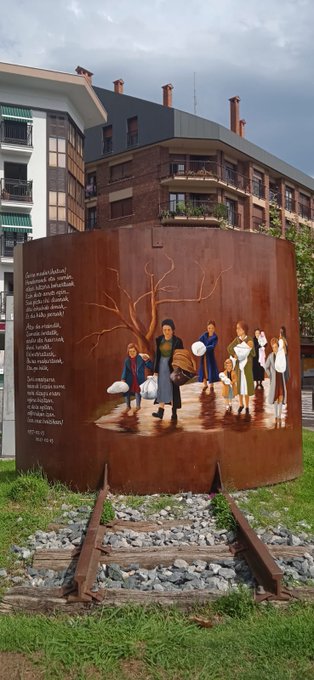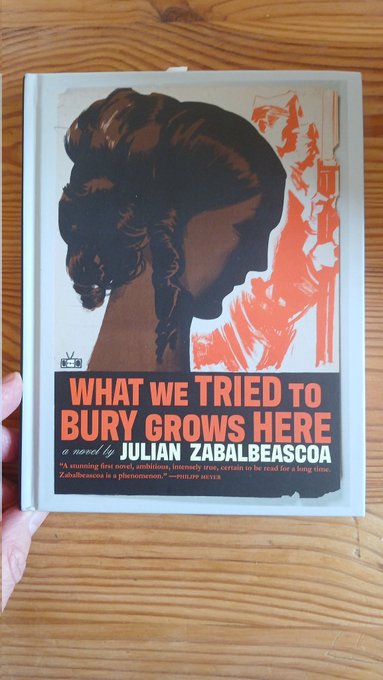Recommendations
Gernika
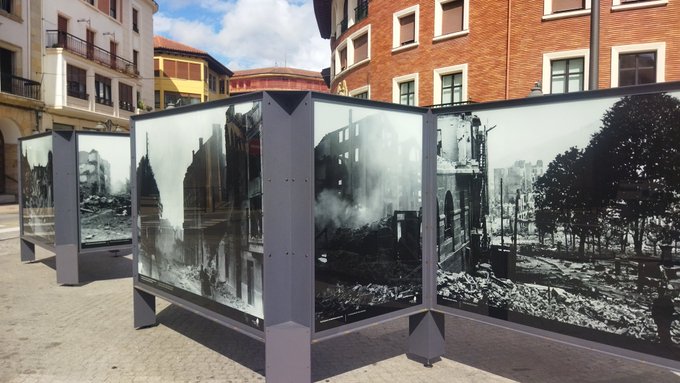
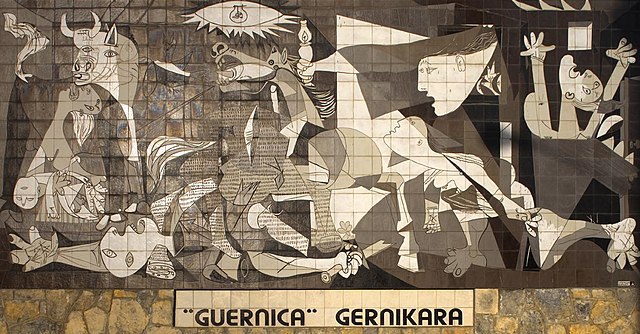
Guernica peace museum and memorialisation in the streets. Also try to visit one of the bomb shelters.
Xabier Irujo “Gernika” (2017) is to my knowledge the best and most up-to-date history of the bombing. Originally on Spanish, it is available in English published by the Center for Basque Studies, Univ of Nevada (2018)
George Steer’s “The Tree of Gernika” (reprinted by Faber, 2009) is a superb contemporary eyewitness account of the atrocity. Also recommended are Paul Preston’s The destruction of Guernica (2012) and W.L. Smallwood’s “The Day Guernica Was Bombed: A Story Told by Witnesses and Survivors” (2012)
Guernica: The Biography of a Twentieth-Century Icon by Gijs van Hensbergen. This book tells the complete story. A visit to the Reina Sofia in Madrid to see Guernica is stronger recommended and not just for the painting. The whole exhibition around it is brilliant, telling the story of the Pavilion of the Republic at the 1937 Paris World Fair and other artworks associated with the war. In 2017, the Reina Sofia published online a web called Rethinking Guernica with hundreds of remarkable images and interesting text.
AUDIO. In Our Time BBC discussion. Picasso’s Guernica.
Zumaia
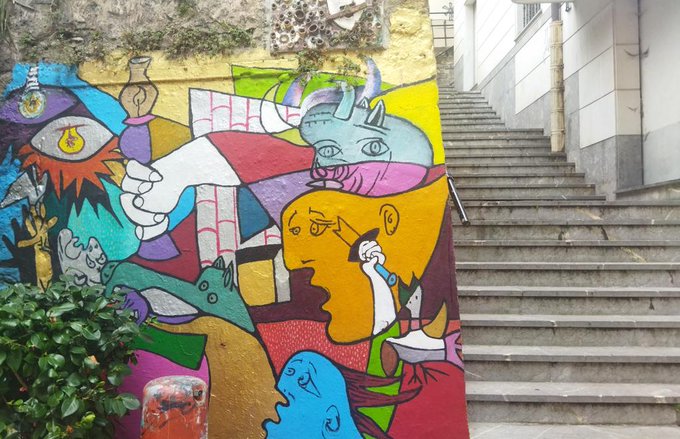
Memorial in Zumaia to the women and children who went into exile from the town fleeing Franco’s forces or who were later expelled by his murderous Apartheid regime
Bilbao
Museo Memorial del Cinturón de Hierro Built in 1936, the “Iron Belt” also known as the “Defensive Belt of Bilbao” was a defence of fortifications of more than 80 km around Bilbao. It was never completed.
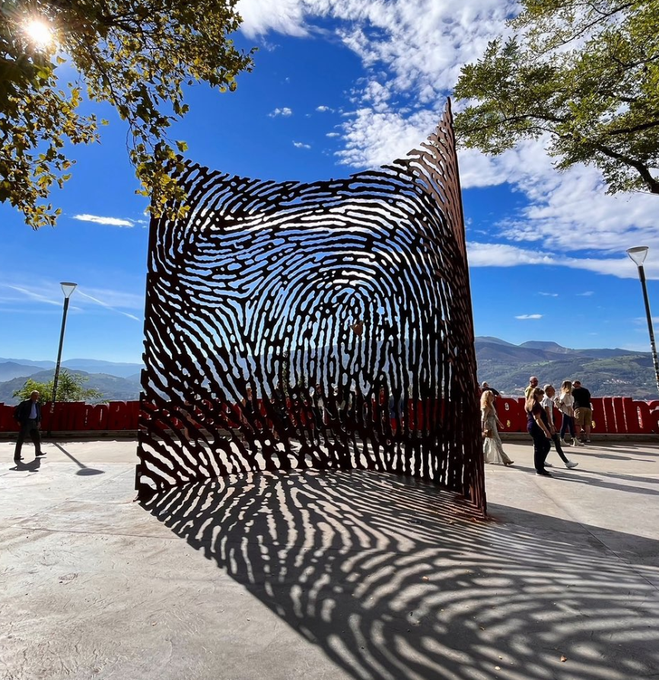
Memorial above by Juanjo Novella in Monte Artxanda, above Bilbao remembering all those who fought and were victims of Franco’s murderous war and dictatorship. Image kindly sent to me by Sonny
San Sebastián/Donosti
Memorial on the seafront in Santurtzi to the children evacuated from Bilbao to France, UK, USSR and Belgium.
Memorial in San Sebastián/Donosti remembering the 400 victims from the town murdered by the Franco regime. The sculpture is perforated by 400 holes symbolizing each of the executions. Plaza Lasta.
Elsewhere
Small museum in Elgeta The Basque Interpretation Centre for Historical Memory
Books
In addition to the books about Gernika all of which provide more general background to the war in the Basque Country, I’d like to recommend:
I really loved this novel published in English, much of which is set in the Basque Country: What We Tried to Bury Grows Here by Julian Zabalbeascoa (2024). Intrically woven tragic stories, the history without impeding the narrative, intimate details making all so believable Review here (there are many others online).
For the Basque refugee children sent to the UK see:
Adrian Bell “Only for Three Months” (Household Press, second ed 2007) and Hywel Davies “Fleeing Franco” (Univ of Wales Press, 2011).
Paddy Woodworth: The Basque Country: a cultural history. Fascinating and well-written account of this complex land.
Many thanks to Charlie Nurse for his helpful suggestions in compiling this page
